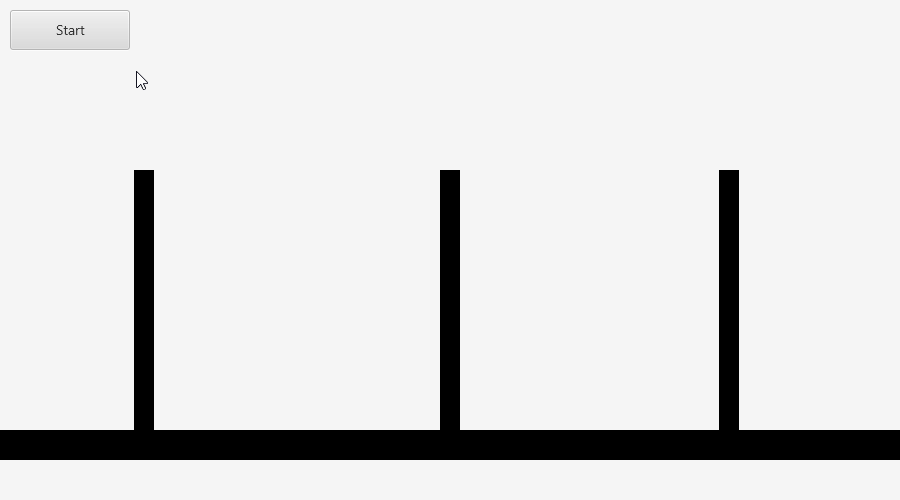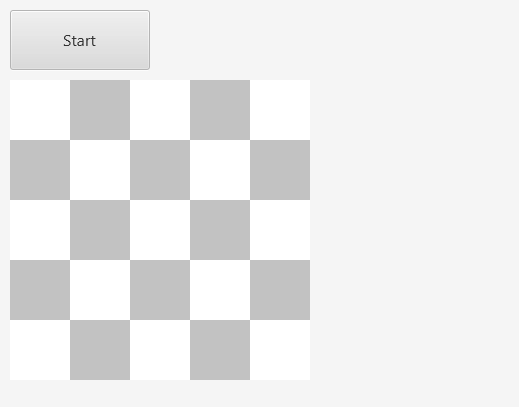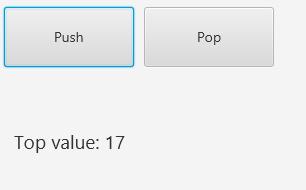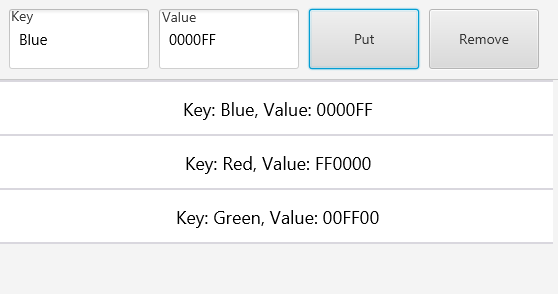We want to help teachers teach programming and/or computer science with B4X.
In this thread I will try to build a collection of classic algorithms that teachers can use as part of their lessons.
The first few examples are well explained in Jeff Erickson's Algorithms book: http://jeffe.cs.illinois.edu/teaching/algorithms/
The book material is quite advanced however the first chapters are not too complicated.
The book is free and licensed with a permissive license.
To keep this thread "clean", it is closed for discussions. You are welcome to post here: https://www.b4x.com/android/forum/threads/ -
- -examples-for-teachers-discuss-here.115896/
-examples-for-teachers-discuss-here.115896/
Algorithms and data structures index:
The examples in this thread are shared in the public domain. You can do whatever you like with them.
In this thread I will try to build a collection of classic algorithms that teachers can use as part of their lessons.
The first few examples are well explained in Jeff Erickson's Algorithms book: http://jeffe.cs.illinois.edu/teaching/algorithms/
The book material is quite advanced however the first chapters are not too complicated.
The book is free and licensed with a permissive license.
To keep this thread "clean", it is closed for discussions. You are welcome to post here: https://www.b4x.com/android/forum/threads/
Algorithms and data structures index:
- Tower of Hanoi
- Merge Sort
- Quick Sort
- SplitMultiply
- Insertion Sort
- N Queens
- ConstructSubset
- Linked List (data structure)
- Stack (data structure)
- Hash Table / Map (data structure)
- Binary Search Tree (data structure)
The examples in this thread are shared in the public domain. You can do whatever you like with them.
Last edited:








